|
One of my favorite counties in Europe is Slovenia. I love to be outside and appreciate natural beauty (trees, mountains, waterfalls), so Slovenia was perfect. We drove from Germany to Lake Bled (about 8 hours from Kaiserslautern) and brought Henry (our dog). Lake Bled was the busiest place we visited in Slovenia, but it is still a quiet area in comparison to most other places in Europe. There is a beautiful walking path all around the lake. To get to the church on the island, you need to take a boat. Bled Castle is perched on top of a ridge and looks as if it could fall into the lake from some angles. You can walk or drive up to the castle and from there get some wonderful panoramic views. My husband loves to scuba dive and is always looking for off the beaten path places to dive...usually more like Palau than Lake Bled, but he figured when else would he have this opportunity? The diving was ok---no huge fish or anything colorful, but the cold climate of the lake has some species of marine life that are not often found in other dive sites. After Lake Bled we headed to the Soca River Valley. The GPS said something like 50 miles, so we thought an hour or so. What we didn't realize is the route is literally up and over a mountain pass. It is gorgeous scenery, but the road has about a million switchbacks and at some points is very narrow. We were happy once we reached the other side :) The Soca River valley is known for rafting in the summer and skiing in the winter (not world class skiing, but decent skiing). We traveled here in September and it was already turning chilly (even has some flurries at night...this was all new snow on the mountain). We stayed just a couple of miles outside of one of the small towns and felt like we owned the place. There were more cows than people. We stayed in a small apartment that was part of a working farm. We ate dinner and breakfast with the owners and there were only a few other guests. It was a perfect place to explore....but if this is too quiet for you, stay in one of the main towns and there are restaurants, shops and bars to entertain you while taking in the natural beauty. On our way to Croatia, we stopped to see the Lippenzzaner horses. Slovenia was one of the original breeding locations for these horses and the area holds on to the tradition. You can see the horses perform on-site. This isn't my thing (my husband was interested, I went for a hike with Henry), so I don't have any photos, but this is something that can done either as an overnight stay (there is a nearby town) or as a day trip. It is about an hour north of the Croatia border. We stayed in Opatija, Croatia which is about 40 minutes across the Slovenian border. Opatija is a historic beach town and it has a beautiful wooded walking path along the coast. The beaches are all rocky in this area and there are only a few places suitable for swimming (mostly at established swim/beach clubs). We drove inland to see Plitvice National Park. We arrived in the middle of the day (around 1:30pm), which in hindsight was a mistake. Even though we weren't there in peak season, it was still very crowded. Think about probably 30 bus loads of people.....all in a pristine beautiful park. The two don't mix very well. We started walking (the park is dog-friendly) and it was like a traffic jam...wall to wall people..so much so we considered leaving. After an hour or so of walking, we noticed most people were turning off the trail at a spot where the main trail continued. We learned from our innkeeper that is where the buses are and most leave around 3pm. Sure enough, after that turn off, we lost about 90% of the people and could finally enjoy ourselves (so early in the morning and after 3pm are the best times to visit). I highly recommend a visit to Plitvice and it is worth taking your time to explore. There are trams that take you from one part of the park to another and you can either start or end with a boat ride across one of the larger lakes (saving about 2 hours of hiking time). I also recommend staying in the area overnight, so you have flexibility to go when it isn't as busy (it made a huge difference for us).
1 Comment
I often get asked where to visit in Europe after you have seen the main attractions (think Eiffel Tower, Rome, London, etc). One of my suggestions is to visit the former Soviet Republics, such as Lithuania, Estonia and Latvia. These countries aren't far distance wise (there are several non-stop flights...Ryan Air even flies to some locations), but the experience is different from what you find in many other parts of Europe. This photo is from a (restored) caste just outside of Vilnius, Lithuania (called Trakai Castle). I mention the restored part because many old buildings in Europe are as they have been for hundreds of years, with only minor restorations. However, in Lithunia the older buildings were allowed to crumble and were not maintained for many years (under Soviet rule). After gaining independence, they have restored many of the cultural centers based on what they looked like in their prime. If I didn't know this castle had been restored, I would have had no idea. The supplies used in restoration were as close to the original materials as possible. Vilnius is the capital city, but has a smaller town feel with a river running through the city. It is one of the greenest capitals in Europe....both in terms of green space and environmental regulations. The city is very walkable and I found everyone to be very friendly. As you may have figured out, I love food! Lithuania had lots of great food that I had never tried before---this photo is of potato pancakes (which I've had many times), but on the menu were probably no less than 30 varieties. This was with an egg and onion. Lithuania is also known for kibiny (spellings vary) which are handheld, dough pockets filled with one of many options. The best part is that it was easy to try the local specialties as the prices are quite low....this potato pancake dish was about $2 (even with table service in a restaurant) and kibiny were closer to $1 and two would make a meal. Moving on to Estonia, many people experience the capital city of Tallinn on a Baltic cruise (I did as well---we were sailing on Seabourn). The old city is fairly compact and can easily be seen during the 6 or 8 hours of a port stop. If you look close, you can see one of the cruise ships in the background. It is a short 5 to 10 minute drive from the port to the old town and many cruise lines have bus service (it is included in the price with Seabourn and around $10 for other cruise lines). One thing I noticed in Tallinn was all of the churches of various denominations. There were more than 10 churches right in the city center, many open to the public and several with museums inside. The most memorable part of my visit was my stop at the Museum of Occupations. As the title hints at, this museum is dedicated to the history of Estonia told through who was occupying the country. It is a fairly small, but the exhibits tell the very personal story of Estonians and how their life changed during the time the country wasn't independent. I learned so much from this museum, I would 100% recommend it. It is about a 5 minute walk outside of the old city. I visited Riga, Lativa in 2009 and it was my first exposure to an Eastern European country. There is a similar museum of occupation in Riga and I left feeling completely ignorant as I knew nothing about this part of the world (other than it has been under Soviet rule). I also had no idea that there were concentration camps in Latvia. I literally found out this fact looking a tourist brochure showing tours available. I hired a guide and went to the camp about 40 minutes outside the city---I was expecting something along the lines of Auschwitz in that it would be a surviving camp...like with buildings. What I saw was much more powerful in a lot of ways....the camp is now completely in ruins with a simple monument documenting the location. When news spread that troops were coming to liberate the camp, the guards set fire to the camp. There were very few survivors. All that is left is a few concrete foundations. My mind filled in too many blanks and I was quite emotional. My guide also took me to a mass burial site which is marked today with a simple marker. It was an uncomfortable visit, but I felt like I wanted to know more about the history and the guide was essential in giving me that background---had I hired a driver only to take me there I wouldn't have known what I was looking at.
A visit to Riga isn't all depressing. In town there is a new section with high rise buildings next to the old town, so it is easy to mix current day life with history. I wish I could post photos, but after searching for hours, I can't seem to find my jump drive from 2009 (a hazard of moving all the time!!). Trust me, the city is beautiful and worth a visit. A few cruise lines stop near Riga or the airport is just a short drive from the city. All of the cities I mention are great to visit over a weekend or 3 days. They all have plenty of accommodation and restaurant options and the prices are very reasonable. In addition the the history I mention, there is also plenty to do in terms of entertainment (Riga is known for having an excellent ballet), shopping and a thriving culinary scene. Please feel free to get in touch if I can help you plan a visit. |
AuthorTracey is the owner of Unraveled Travel and has traveled to every continent (thanks to the recent visit to Antarctica! Archives
July 2024
Categories |
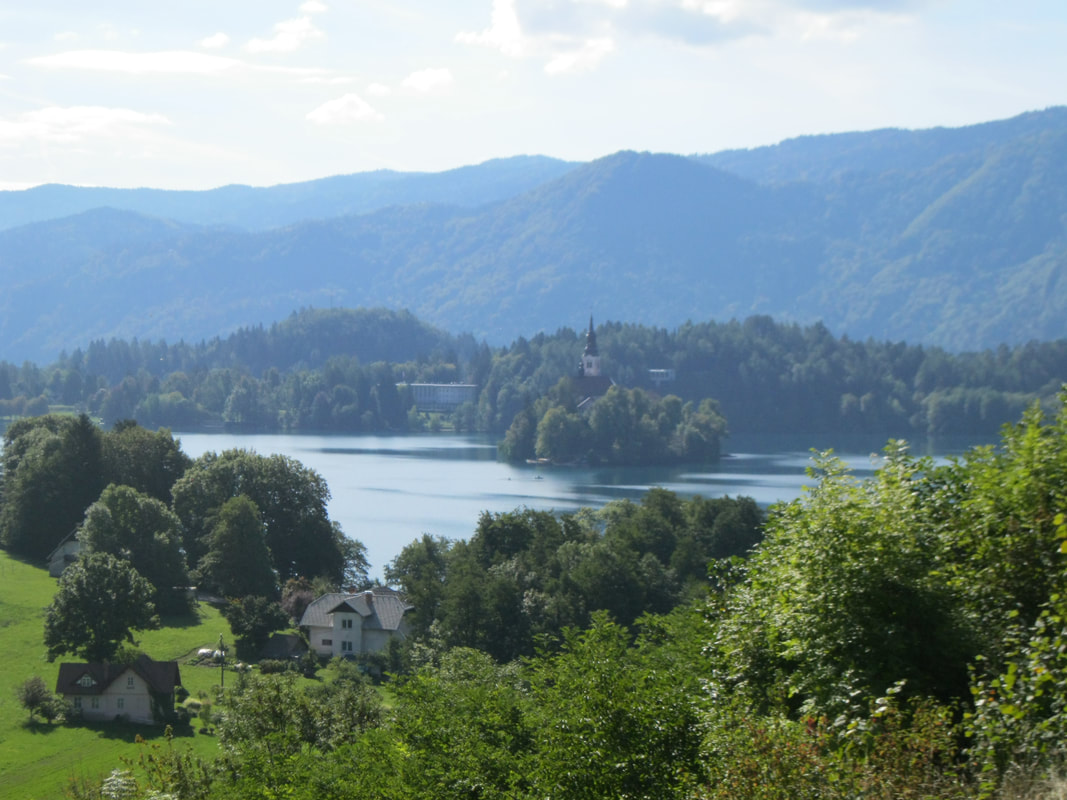
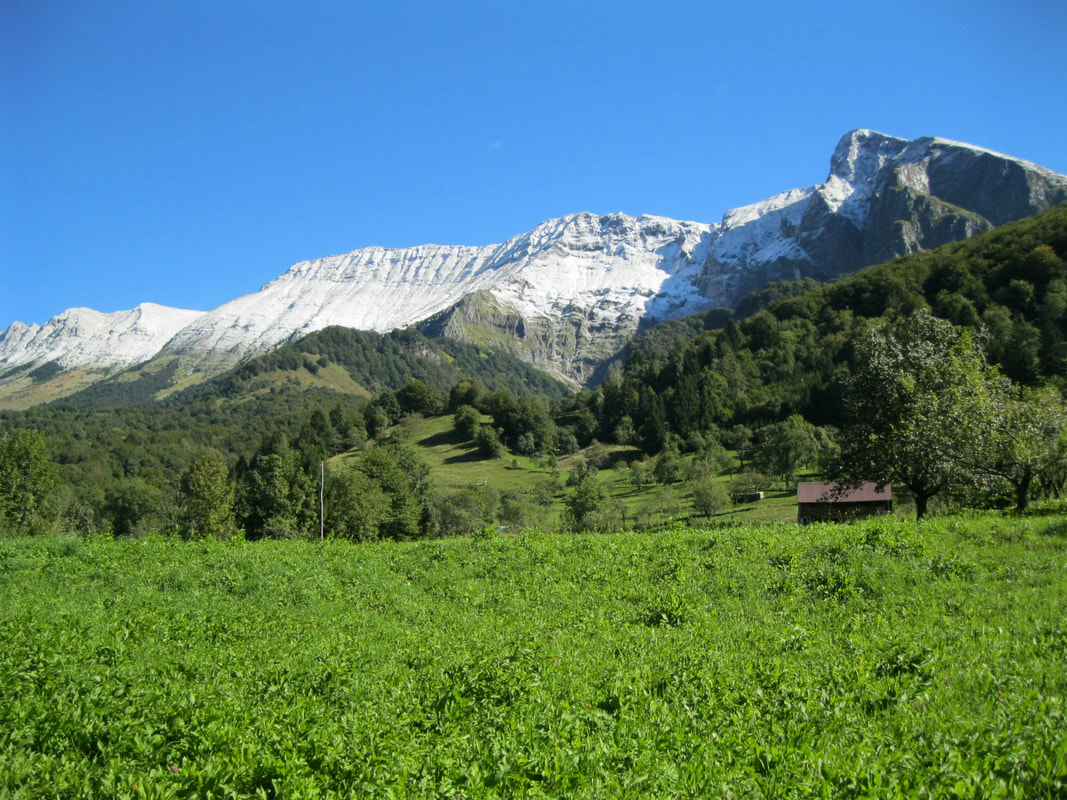
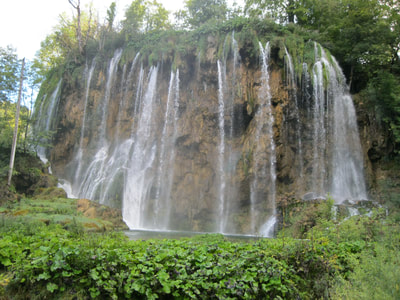
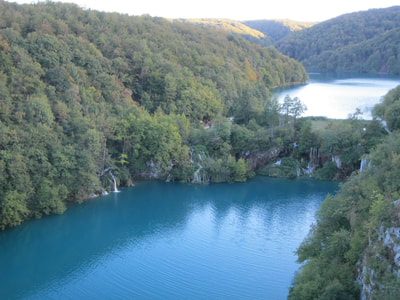
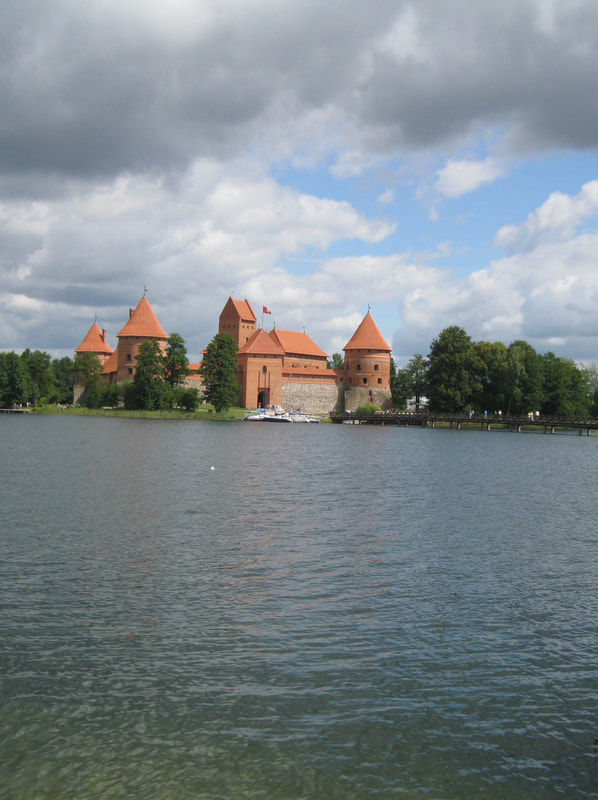
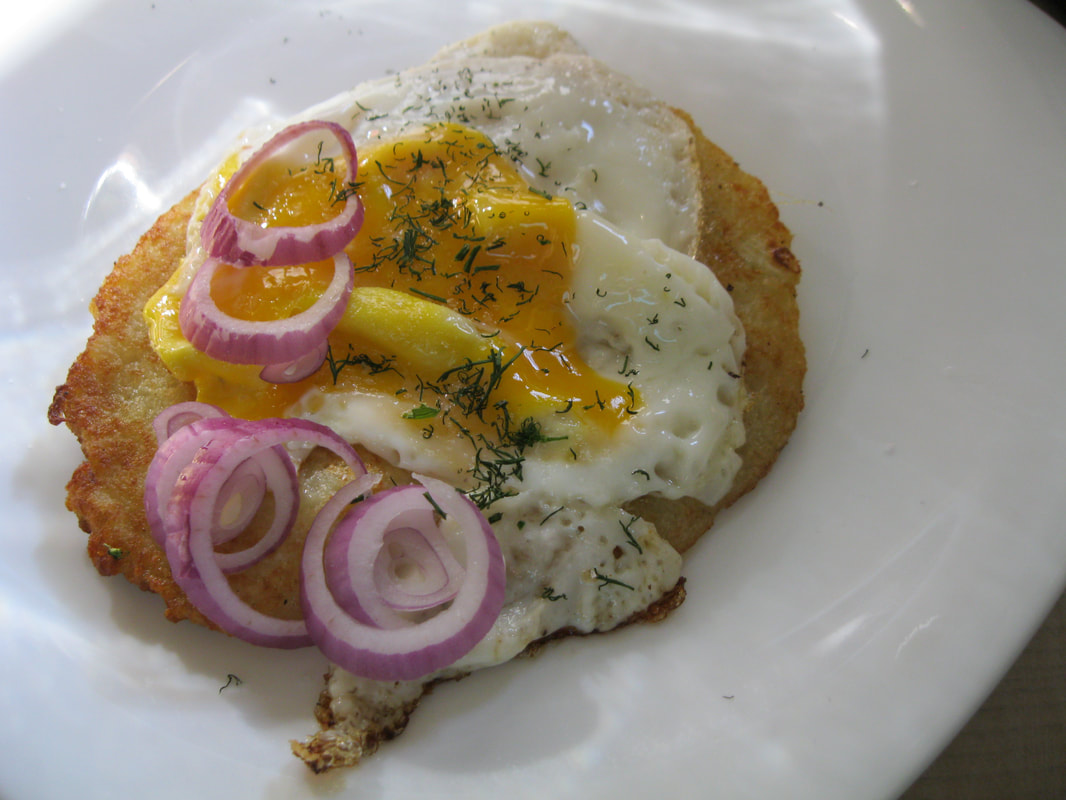
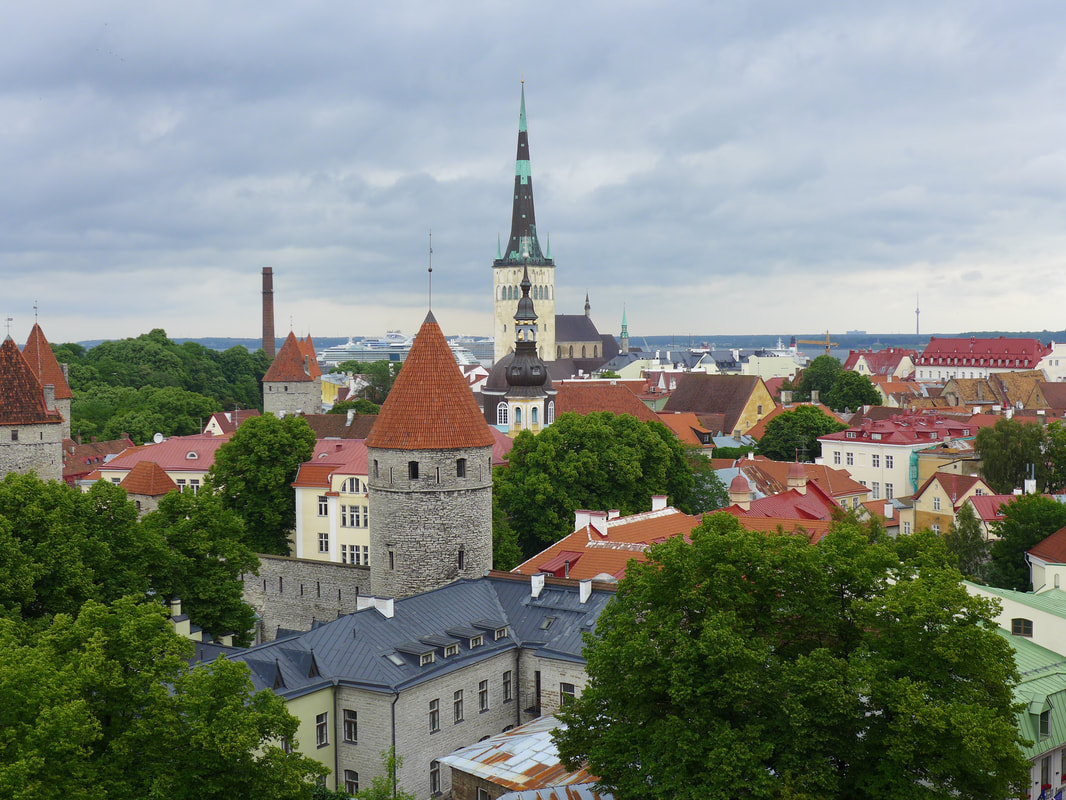
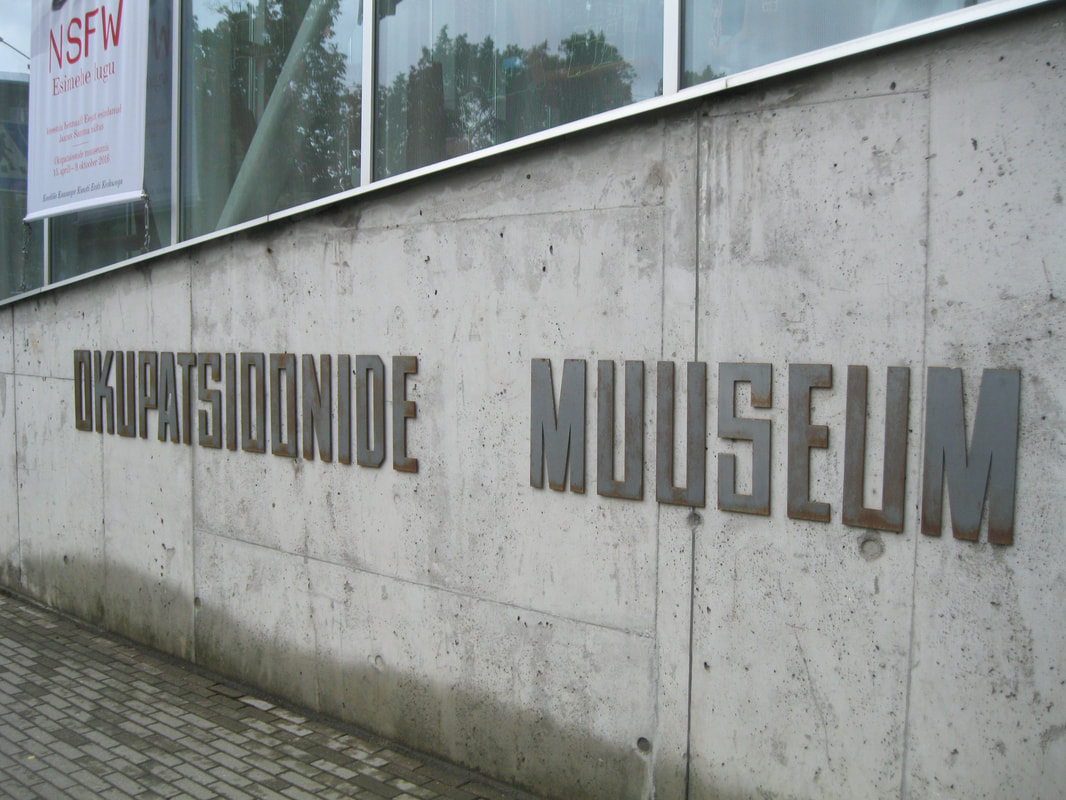
 RSS Feed
RSS Feed